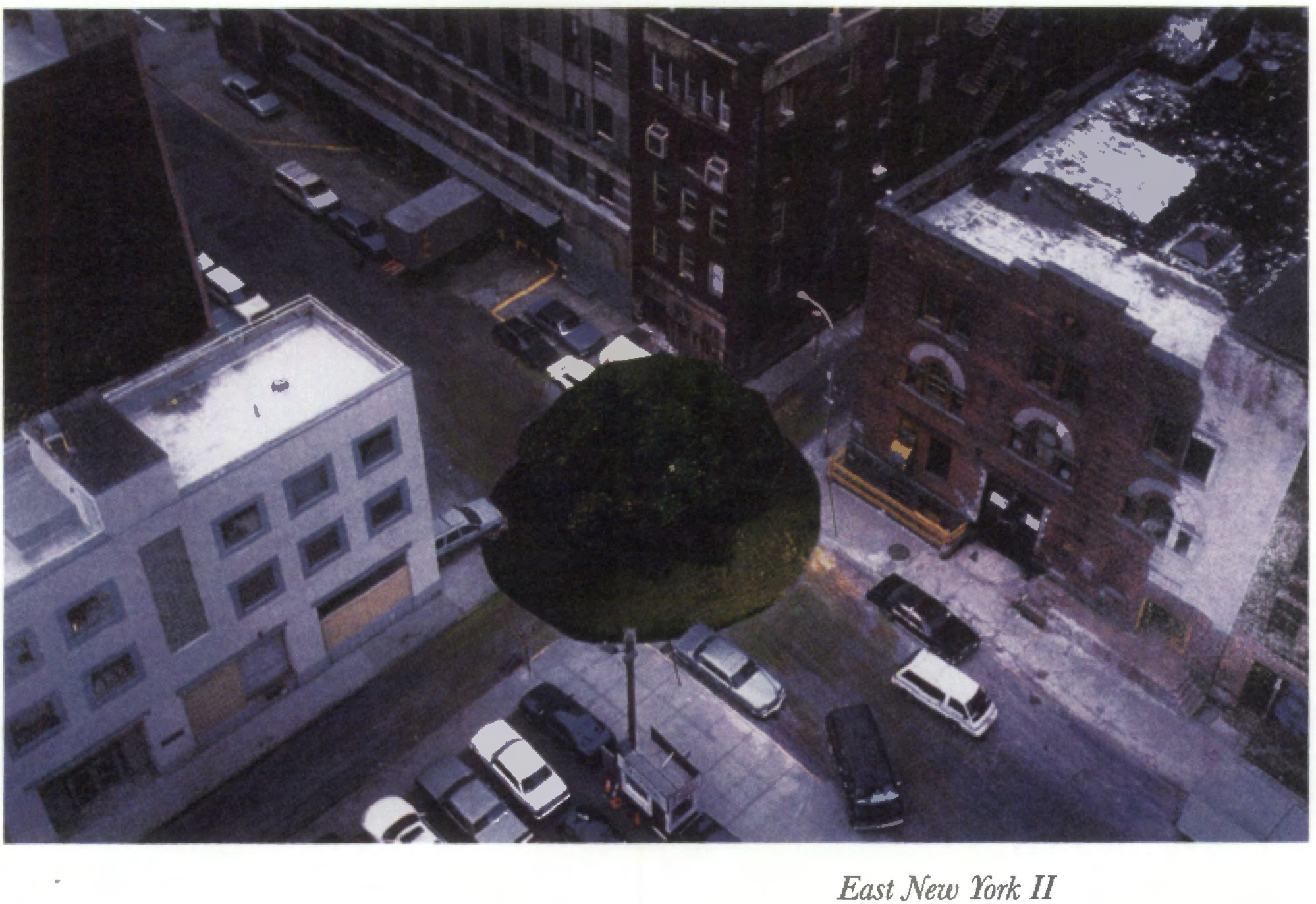A tribute to Mickael Sorkin
CONTENT / We are convinced that the city has a role to play in the ecological transition we are experiencing. It seems essential to see the city as an ecological system that needs resources to be able to function, give us the opportunity to Live and Circulate but also that rejects waste.
In addition, we take the measure of the role of the private car in the urban sprawl, the artificialization of soils, the sectorization (offices, commercial areas, residential areas, …) of our cities. Even more so its impact on the reduction of social ties in neighborhoods.
“A study conducted in San Francisco compared streets in different neighborhoods to assess the impact of car traffic on the sense of belonging to a local community. The movements of individuals from one house to another in busy streets and quiet streets were recorded in different neighborhoods. The data collected reveals the shocking but predictable reality: the level of social interaction between neighbours on a given street, the feeling of belonging to a community on that street, are inversely proportional to the amount of cars that use it. This study denounces car traffic as a fundamental cause of the alienation of the city dweller, a key phenomenon in the decline of the notion of citizenship.”
Richard Rogers, Cities for a Small Planet, Published by Faber and Faber, London, 1997.
As a tribute to Mickael Sorkin, we propose to you to choose a part of a city, a neighborhood with a couple of streets where man can drive and to plant a tree in a crossroad, that is to say to replace driving by walking. What should be the consequences? On the way of life in that neighborhood?
Intervention of Mickael SORKIN in the streets of New York
AIMS /
- – To be able to observe, to read one site,
- – To be able to present one site with our sensibility,
- – To design a master plan with the theme of nature in the city / decline of car
- – To interview inhabitants of the street on which you plan to change the mode of traffic (no more cars but walking)
METHOD /
1st working day: The process consists of preparing a photo-drawings report of the site that you have chosen and explain why it could be interesting to plant a tree in a street.
Produce a 3min video / interviews of inhabitants.
2nd day: Final crit. Design a master plan and draw photo montages of the atmosphere of the life there.
SCHEDULE /
3-Week Workshop. Weekly 4-hour class arranged with the students:
– Introduction / Friday 6th of OCTOBER 2023
- 12h30 – 13h00 (CET) / 14h30 – 15h00 (RUN)
– Crit / Friday 13th of OCTOBER 2023
- 9h30 – 13h30 (CET) / 11h30 – 15h30 (RUN)
- Presentation of choice of the site / photos report / questions for the interview of inhabitants / video.
– Final Crit / Friday 20th of OCTOBER 2023
- 9h00 – 13h00 (CET) / 11h00 – 15h00 (RUN)
- Master plan design with our first idea to plant a tree in a crossroad and taking into account the opinions of residents.
– FESTIVAL / Friday 27th of OCTOBER 2023
EVALUATION /
– This topic is about to “read” the site chosen ad how to account of our reading. Be able to “read” the site. What is the best way to explain this data or the other? What are the characteristics of the site that I will use in the project?
– It is question to change our way to live in a neighborhood.
– More than this the question is to begin thinking about YOUR IDEA OF THE CITY.
– Which city do you want to plan?
– What do you really find important and needed to renew our cities?
References /
- Richard Rogers, Cities for a Small Planet, Published by Faber and Faber, London, 1997.

